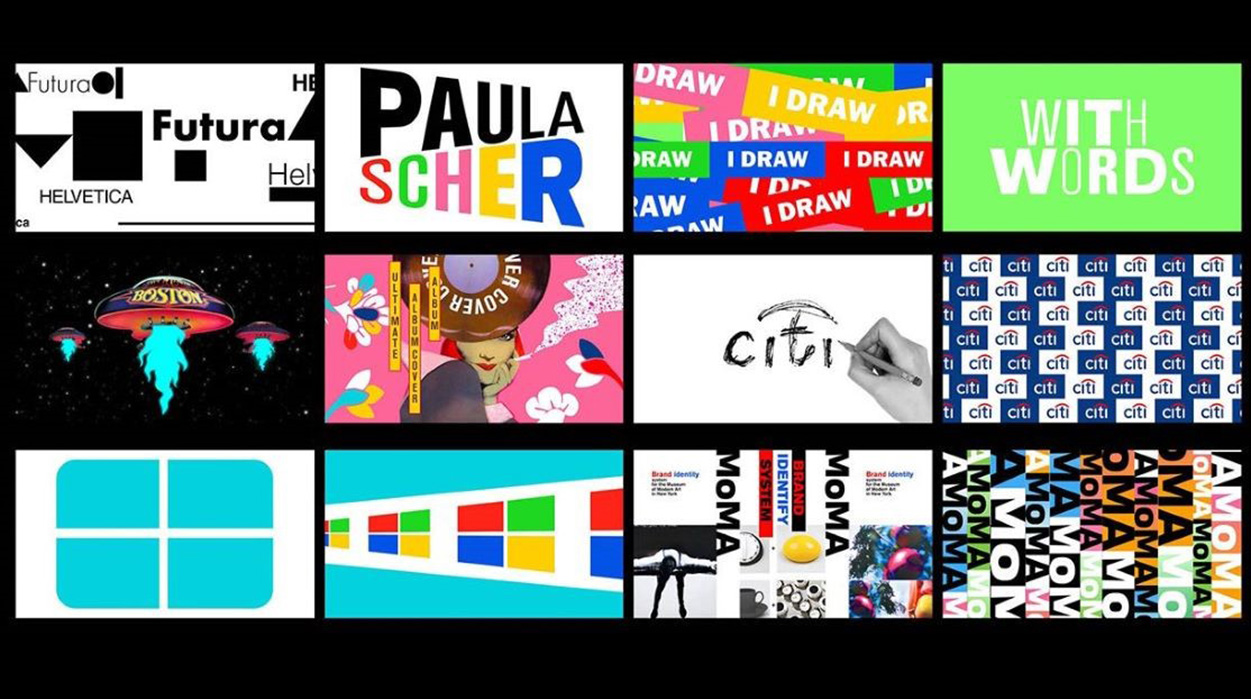How to Develop a Signature Style as a Graphic Designer
By Trupti on 17 Mar 2025
Introduction
In the competitive world of graphic design, standing out is crucial. Your signature graphic design style sets you apart, making your work instantly recognizable. But how do you develop a signature graphic design style that defines your brand? In this guide, we’ll explore key steps to help you craft your own design identity, attract clients, and build a strong creative reputation.
Understanding Signature Style
What is a Signature Style?
A signature style in graphic design is a distinct visual language that reflects your personal aesthetic, influences, and creative approach. It encompasses color choices, typography, layout, and overall composition.
Why is it Important?
- Brand Recognition – A consistent design style makes your work easily identifiable.
- Stronger Portfolio – Clients appreciate a well-defined aesthetic and clear expertise.
- Market Differentiation – A unique style helps you stand out from competitors.
- Creative Freedom – You attract projects that align with your artistic vision.
Steps to Develop Your Unique Graphic Design Style
1. Analyze Your Inspirations
Start by examining the work of renowned designers, artists, and brands that resonate with you. Ask yourself:
- What elements attract you? (Typography, color schemes, textures, etc.)
- Are there common themes in your favorite designs?
- How can you incorporate these influences while making them your own?
Some inspiring designers to explore include Paula Scher, David Carson, and Stefan Sagmeister.
2. Experiment with Different Styles
Before settling on a signature look, explore various design aesthetics such as:
- Minimalism – Clean, simple, and effective.
- Maximalism – Bold, vibrant, and chaotic.
- Retro/Vintage – Nostalgic aesthetics inspired by past decades.
- Abstract – Unique compositions with unconventional layouts.
Trying multiple approaches will help you identify what feels natural and aligns with your vision.
3. Define Your Color Palette
Color plays a vital role in branding. To create consistency:
- Choose 3-5 core colors that reflect your personality and style.
- Use color psychology to convey the right emotions.
- Experiment with gradients, duotones, or monochrome palettes.
- Develop color presets for quick and consistent application.
4. Master Your Typography
Typography can elevate your design identity. To refine your typographic style:
- Select two to three primary fonts that complement each other.
- Experiment with hand-drawn lettering or custom typefaces.
- Decide whether you lean towards serif, sans-serif, or script fonts.
- Maintain consistency in spacing, kerning, and hierarchy.
5. Develop a Signature Layout and Composition
Your layout decisions contribute to your visual identity. Consider:
- Grid-based vs. Freeform design structures.
- Negative space and how it influences balance.
- Repeating patterns and alignment techniques.
- A distinct use of textures and overlays to add uniqueness.
6. Create a Mood Board
A mood board helps you visualize your style. Use platforms like Pinterest, Behance, or Milanote to collect inspiration, including:
- Color swatches
- Typography samples
- Design patterns
- Logo inspirations
7. Work on Personal Projects
One of the best ways to refine your signature style is through self-initiated projects. Try:
- Designing branding packages for fictional companies.
- Recreating famous posters in your style.
- Crafting social media templates.
- Developing an ongoing design series (e.g., weekly posters).
8. Create a Consistent Portfolio
Your portfolio should showcase a cohesive aesthetic. Tips for maintaining consistency:
- Organize your projects by theme or color palette.
- Highlight your best work in a curated online portfolio (e.g., Behance, Dribbble, or your personal website).
- Use a consistent layout style for your case studies.
9. Embrace Trends Without Losing Your Identity
While it’s great to stay updated with design trends, ensure they complement your aesthetic rather than dictate it. Some current design trends include:
- 3D Elements & Glassmorphism
- Muted Color Palettes
- Brutalism in Web Design
- Hand-drawn Illustrations
10. Get Feedback and Evolve
Your design style is ever-evolving. Seek constructive criticism from:
- Peers and mentors in the design community.
- Online design communities
- Clients and audiences – Pay attention to what resonates with them.
Building a Personal Brand Around Your Style
Once you’ve established your signature look, take steps to market yourself.
Conclusion
Developing a signature style as a graphic designer is a journey of exploration, experimentation, and refinement. By identifying your inspirations, honing your techniques, and maintaining consistency, you can create a powerful visual identity that sets you apart in the competitive design world.
What’s Your Signature Style?
Have you developed your unique design aesthetic? Share your thoughts and experiences in the comments below!
Join Our Mail List
To get latest updates on courses and news regarding education.